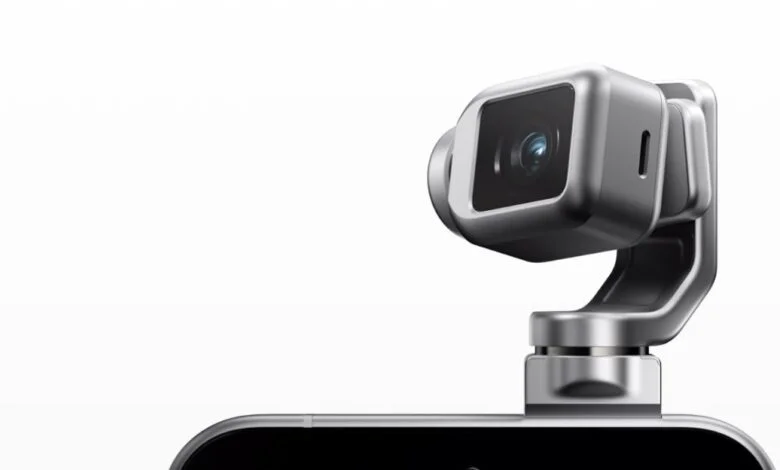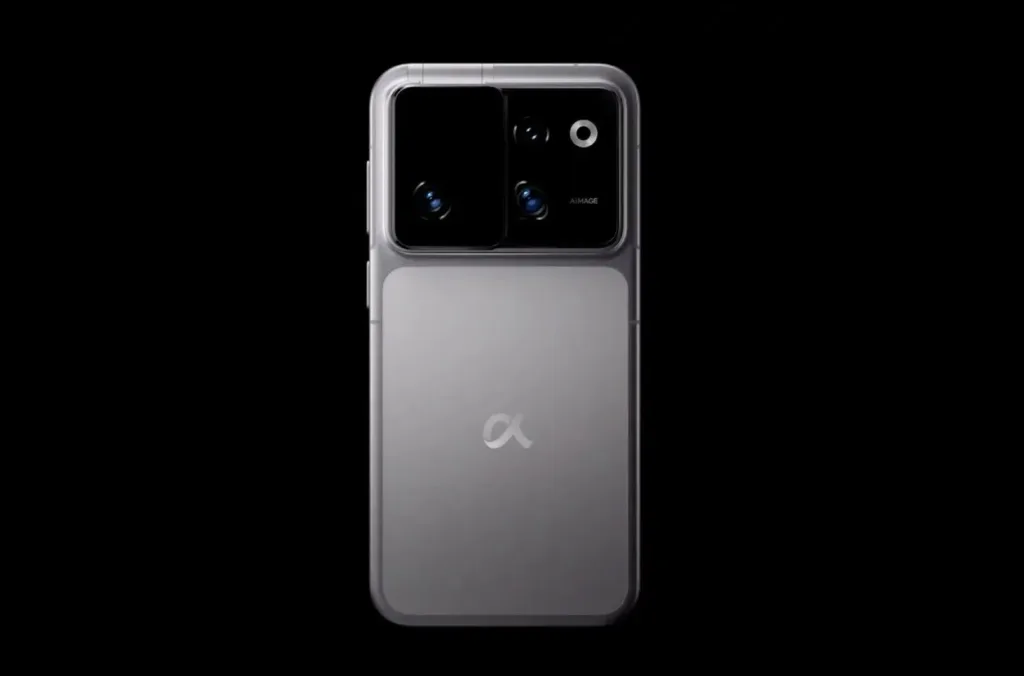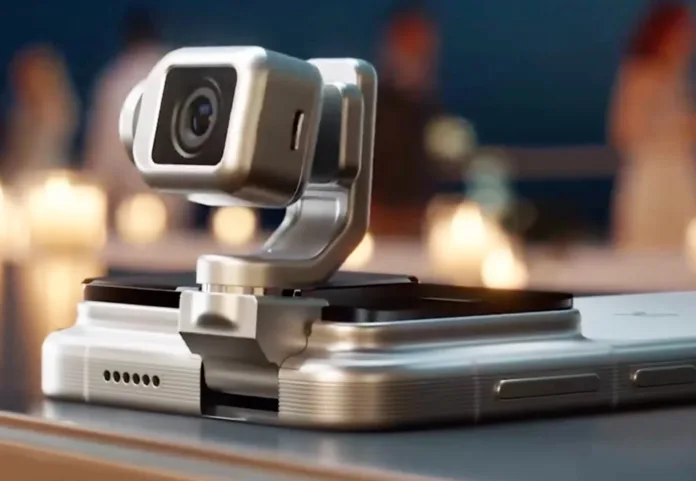In a bold move reshaping smartphone design, Chinese tech company Honor revealed plans for the Honor Robot Phone, featuring a main camera mounted on a robotic arm that folds out from the device. So far, Honor has only shown CGI concept renders; no working prototype or live demo has been revealed, raising questions about how this ambitious idea will work in practice. If it works as imagined, it could be the most radical rethink of smartphone photography since the first foldables.
The design aims to fuse robotics and AI to push smartphone photography beyond traditional limits.
Table of Contents
The Innovation Behind Honor’s Fold-Out Robotic Camera Arm

Honor’s Robot Phone introduces a groundbreaking mechanism: a robotic arm that extends from the back of the phone to deploy the camera. The concept relies on miniaturized servo motors and motion sensors, similar to those used in compact gimbals, allowing the arm to tilt and rotate smoothly in multiple directions.
Unlike conventional smartphones with fixed or flip cameras, this arm moves independently, controlled by AI to adjust angles fluidly without manual input. This design resembles a professional videography gimbal, offering stabilization benefits and dynamic shooting capabilities. However, unlike a full-sized gimbal, the mechanism must fit within a few millimeters of chassis space, a major engineering challenge that raises questions about durability and power consumption.
The arm can fold neatly into the phone’s thick camera bump, maintaining a sleek appearance when not in use. Early renders suggest a slightly bulkier housing, which could make the phone heavier than current flagships. At the press of a button, the arm unfolds to perform multiple functions; it can also rotate forward to double as a front camera. This approach recalls the Asus Zenfone 6’s flip module, but Honor’s system promises finer motor control and stabilization instead of a simple rotation.
Read More About Our Article of Best Budget-Friendly Camera Phones for Great Photos in 2025 Published on October 3rd, 2025 SquaredTech
Furthermore, the robotic arm functions as a stabilizer to minimize shakiness during video recording. Unlike optical image stabilization, which adjusts tiny lens elements, this system physically moves the entire sensor for true gimbal-style steadiness. Still, mechanical motion comes with trade-offs; motors can wear down, generate noise, and draw more battery power. Honor hasn’t shared figures yet, but such mechanisms typically need to survive tens of thousands of cycles to be production-ready.
Honor also envisions more advanced uses of the camera arm. Using AI software, the camera can track celestial objects like stars, moving along with them to capture sharp images over long exposures. Beyond astrophotography, the moving lens could enable hands-free vlogging, object tracking for creators, 360° panoramas, and even AR scanning for 3D models. These features demonstrate the Robot Phone’s potential to attract creative users seeking versatility beyond today’s static camera designs.
AI-Driven Smart Features and User Experience
Honor isn’t stopping at mechanical innovation; the Robot Phone also integrates artificial intelligence to improve usability. Its AI system goes beyond image recognition; it can track subjects automatically, suggest framing angles, and even predict motion to keep users centered in a shot.
The AI-controlled camera is designed to sense and react to its surroundings. To prevent privacy issues, Honor will likely need safeguards so the camera doesn’t activate unexpectedly or film without consent. That kind of autonomy will demand strict on-device processing and user consent prompts if it’s to win public trust.
Demo videos demonstrate how the camera arm automatically points at objects or adjusts its angle when the phone is placed in a pocket, effectively turning it into a smart action camera. This adaptability opens new possibilities for mobile videography, filming hands-free during outdoor activities, sports, or creative shoots.
By combining robotics and AI, Honor’s goal is to make the phone feel adaptive, learning from use and responding more like a companion than a tool. This vision reflects Honor’s commitment to an AI-focused future, supported by a $10 billion investment plan over five years to transition toward AI-driven devices. That plan aligns with the company’s broader robotics ambitions. Honor recently hinted at humanoid robot research, signaling that AI-powered hardware may soon extend far beyond smartphones.
Impact on Smartphone Design and Market Outlook

The Honor Robot Phone follows a trend of Chinese companies breaking traditional phone design molds through AI and robotics integration. The push echoes a wider shift in Chinese tech, from Roborock’s robotic-arm vacuums to Xiaomi’s modular optics, all hinting at a broader fusion of AI and mechanics.
This concept positions Honor ahead in a competitive market that has largely relied on incremental camera upgrades. Integrating robotic arms into consumer electronics challenges decades of stationary design, offering users entirely new ways to interact with their devices. If successful, this could inspire a new class of “dynamic smartphones”, merging moving hardware with AI-driven creativity.
While the Robot Phone remains a concept for now, Honor plans to showcase more details and possibly hands-on demos at Mobile World Congress 2026 in Barcelona. Reports suggest a prototype may appear at the event, though pricing and release timelines remain uncertain. Analysts expect that if Honor delivers a functioning demo, rivals like Oppo and Vivo could follow suit with their own robotic lens systems.
For consumers and industry watchers, the Robot Phone represents both excitement and questions. How will the added complexity affect durability and usability? Will the AI features hold up in real-world scenarios? Key concerns include motor lifespan, dust sealing, repair costs, and power draw —all critical if Honor expects mainstream adoption.
At SquaredTech, we recognize such innovations carry both technical challenges and creative opportunities, pushing smartphone design beyond its long-standing plateau.
Conclusion: The Robot Phone Redefines Smartphone Photography
Honor’s Robot Phone concept introduces a fold-out robotic camera arm powered by AI that reimagines what a smartphone camera can do. But bold design alone won’t guarantee success; reliability and practicality will determine whether this innovation becomes iconic or fades like other ambitious experiments. It blends mechanical gimbal stabilization, adaptive AI interaction, and unique abilities like star tracking to create a truly versatile imaging tool.
Combined with intelligent software designed to assist users daily, the Robot Phone points toward a future where smartphones are more than communication devices; they become smart companions capable of autonomous actions.
At SquaredTech, we view the Robot Phone as a glimpse into the next era of mobile design, one where AI and mechanics finally merge. While the device is still in its early stages, it challenges industry norms and invites a rethink of what phones can be. Even if the final product never ships, it’s sparked the kind of conversation the smartphone world desperately needs–not about more megapixels, but about imagination.
Stay Updated: Mobile


